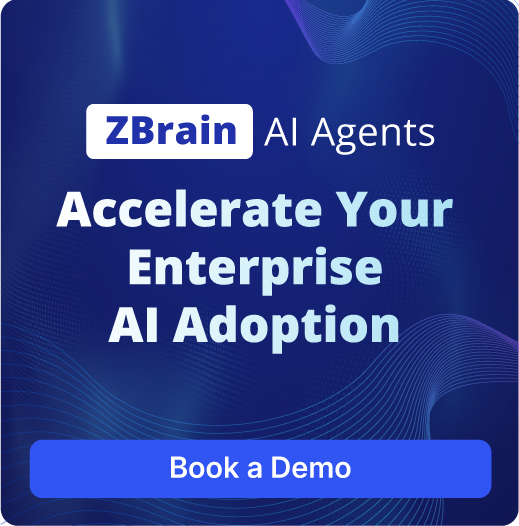Transform Your Lead Generation Processes with ZBrain AI Agents
ZBrain AI Agents optimize lead generation tasks in sales by automating critical processes such as lead assignment, lead management, and Customer Relationship Management (CRM). These AI agents are designed to enhance efficiency and accuracy, allowing sales teams to focus on high-priority tasks that require human expertise and decision-making. By leveraging the advanced capabilities of ZBrain AI agents, sales teams can effectively manage lead scoring, ensure leads are assigned to the most suitable team member, and streamline CRM updates, which reduces delays, minimizes errors, and improves the chances of converting prospects into customers. The flexibility of ZBrain AI Agents allows them to optimize a variety of sales processes, from efficiently managing lead distribution to fostering seamless coordination within the sales team. By automating routine tasks such as updating CRM systems, tracking lead activity, and providing real-time insights, these AI agents boost productivity and reduce manual workloads, allowing sales professionals to focus on building relationships and closing deals.With intelligent lead assignment, ZBrain AI Agents empower sales teams to work more effectively, leading to improved team performance, faster response times, and higher conversion rates. Ultimately, ZBrain AI Agents empower teams to stay ahead of the competition, ensuring that every lead is managed with precision and every opportunity is maximized.


 Live
Live